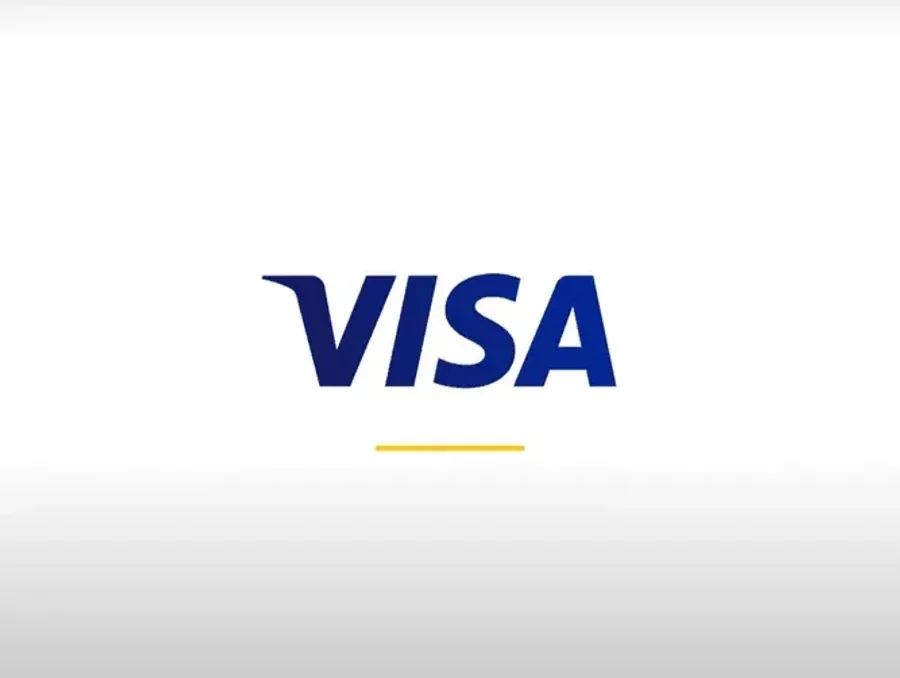
Visa has released its latest Money Travels: Digital Remittances Adoption report for 2024, revealing that for more than two-thirds of remittance users, digital applications are the preferred way to move money globally.
What’s more, remittance users who send and receive money globally do so digitally because they experience no issues. Some 43% of the 45,000 remittance users surveyed by Visa say they never encounter problems on both the send and receive side.
Compared to users on still rely on sending and receiving physical remittances including cash, checks and money orders, the satisfaction rates could not be more stark. Some 76-77% of physical remittance users report issues when sending and receiving money in this way.
Visa: Digital remittances vital for timely humanitarian support
Issues with remittances in today’s world do not merely represent an inconvenience. Visa’s report finds the predominant driver for remittance usage on the send side is to provide humanitarian relief – representing a lifeline for millions of migrant workers and their families.
Amid current worldwide events, supporting the lives of people in need is imperative, and remittance use provides the key to delivering funds to those in need. As such, sending and receiving money issue-free is vital – something digital remittances can provide.
Vira Platonova, Chief Revenue Officer, SVP, Global Money Movements at Visa, says: “Migrant workers have shown incredible resilience within the past year to support families back home, but high inflation and slowing economic growth has impacted the frequency that they can send vital funds home.
“One of our visions for Visa Direct is to create new opportunities for financial inclusion and wealth building by helping to simplify cross-border payments and streamline the way money travels.
“This new research shows the incredible acceleration of digital payments, but there is still more the industry can do to bring streamlined remittances within reach for more migrant workers and their families who rely on these lifeline payments.”
Money Travels: A closer look
In its market-by-market analysis, Visa reveals that sending money digitally was the preferred method in all markets aside from the UAE and Saudi Arabia, while on the receive side, remittance users in all markets prefer to do so digitally.
APAC nations reported the highest use of remittances to support people in need. This includes India, where 52% say they send money internationally to support humanitarian efforts, Australia, where 49% send funds for the same reason, and Singapore, where 49% are also remittance users for humanitarian purposes.
The reason for remittance use on the send and receive side is not the same in all markets, though. In LatAm, 36% of Mexican and 27% of Peruvian remittance users say they do so to support close ones due to unexpected costs, and in Brazil, 37% use remittances to support accounts and investments.
Not only do remittance users find digital money transfer encounters fewer problems, but 36% of physical users report experiencing hidden fees.
Of all countries surveyed, Australia, Canada, China, Denmark, France, Germany, Norway, Saudi Arabia, Singapore, Sweden, United Arab Emirates, the United Kingdom, and the United States were the largest sources of money sent, while the top remittance receivers were Brazil, India, Mexico, Peru, the Philippines, and Poland.
Visa works in collaboration with global remitters and enablement partners such as Brightwell, Thunes, Remitly, Western Union and Asia United Bank (AUB) to help enable efficient money movement through digitised remittances.